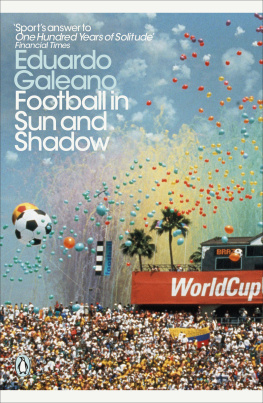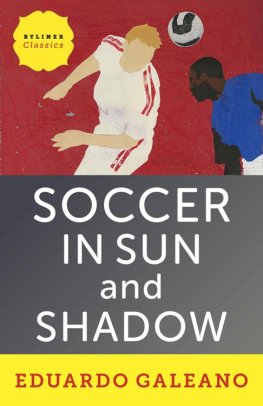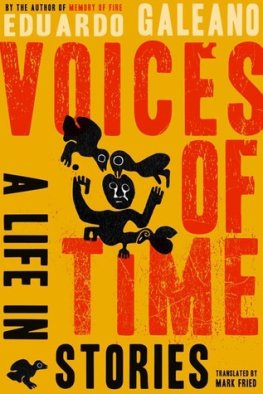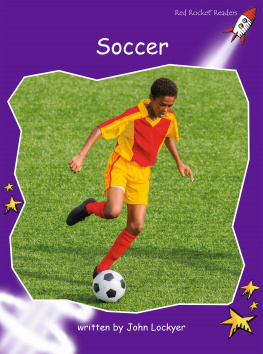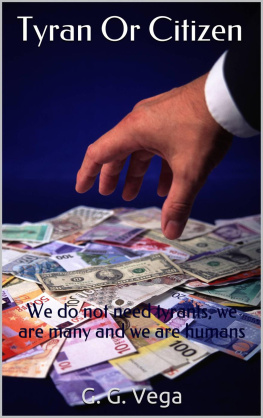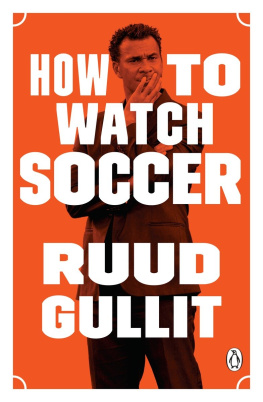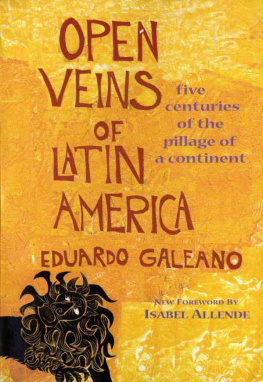Soccer in Sun and Shadow
ALSO BY EDUARDO GALEANO:
Open Veins of Latin America
Days and Nights of Love and War
Memory of Fire Vol. 13
The Book of Embraces
We Say No
Walking Words
Upside Down
Voices of Time
Mirrors
Children of the Days

Translated by
Mark Fried

NATION
BOOKS
New York
Copyright 2013 by Eduardo Galeano
Translation copyright 2013 by Mark Fried
Original copyright 1997 by Eduardo Galeano and Mark Fried
First published by Fourth Estate, London, England, 1997, and Verso, New York, USA, 1998
2nd edition copyright 2003 by Eduardo Galeano and Mark Fried
4th edition copyright 2009 by Eduardo Galeano and Mark Fried
First published as El futbl a sol y sombra by siglo XXI editores, s.a. and
Ediciones del Chanchito 1995 by Eduardo Galeano
Interior Design by Eduardo Galeano
Published by Nation Books, A Member of the Perseus Books Group 116 East 16th Street, 8th Floor, New York, NY 10003
Nation Books is a co-publishing venture of the Nation Institute and the Perseus Books Group.
All rights reserved. No part of this book may be reproduced in any manner whatsoever without written permission except in the case of brief quotations embodied in critical articles and reviews. For information, address the Perseus Books Group, 250 West 57th Street, 15th Floor, New York, NY 10107.
Books published by Nation Books are available at special discounts for bulk purchases in the United States by corporations, institutions, and other organizations. For more information, please contact the Special Markets Department at the Perseus Books Group, 2300 Chestnut Street, Suite 200, Philadelphia, PA 19103, or call (800) 2551514, or e-mail .
Library of Congress Cataloging-in-Publication Data
Galeano, Eduardo, 1940-
[Futbol a sol y sombra. English]
Soccer in sun and shadow/ Eduardo Galeano.
pages cm
Includes bibliographical references and index.
ISBN (pbk.): 978-1-56858-494-2
ISBN (e-book): 978-1-56858-956-5 1. SoccerHistory.
2. SoccerAnecdotes. 3. SoccerSocial aspects. I. Title.
GV942.5.G35 2013
796.334dc23
2013021572
Contents
The pages that follow are dedicated to the children who once upon a time, years ago, crossed my path on Calella de la Costa. They had been playing soccer and were singing:
We lost, we won,
either way we had fun
This book owes much to the enthusiasm and patience of El Pepe Barrientos, Manolo Epelbaum, Ezequiel Fernndez-Moores, Karl Hubener, Franklin Morales, ngel Ruocco, and Klaus Schuster, who read each draft, caught mistakes, and came up with valuable ideas and information.
Also of great assistance were the critical eye of my wife, Helena Villagra, and the soccer memory of my father, El Baby Hughes. My son Claudio and a few friends, or friends of my friends, did their part bringing me books and newspapers or answering queries: Hugo Alfaro, Z Fernando Balbi, Chico Buarque, Nicols Buenaventura Vidal, Manuel Cabieses, Jorge Consuegra, Pierre Charasse, Julin Garca-Candau, Jos Gonzlez Ortega, Pancho Graells, Jens Lohmann, Daniel Lpez DAlessandro, Sixto Martnez, Juan Manuel Martn Medem, Gianni Min, Dmaso Mura, Felipe Nepomuceno, El Migue Nieto-Sols, Luis Nio, Luis Ocampos Alonso, Carlos Ossa, Norberto Prez, Silvia Peyrou, Miguel ngel Ramrez, Alastair Reid, Affonso Romano de SantAnna, Pilar Royo, Rosa Salgado, Giuseppe Smorto, and Jorge Valdano. Osvaldo Soriano collaborated at my invitation.
I ought to say that all of them are innocent of the result, but the truth is I think they are rather guilty for having gotten themselves into this mess.
L ike all Uruguayan children, I wanted to be a soccer player. And I played quite well. In fact I was terrific, but only at night when I was asleep. During the day I was the worst wooden leg ever to set foot on the little soccer fields of my country.
As a fan I also left a lot to be desired. Juan Alberto Schiaffino and Julio Csar Abbadie played for Pearol, the enemy team. I was a loyal Nacional fan and I did everything I could to hate them. But with his masterful passes El Pepe Schiaffino orchestrated the teams plays as if he were watching from the highest tower of the stadium, and El Pardo Abbadie, running in his seven-league boots, would slide the ball all the way down the white touchline, swaying back and forth without ever grazing the ball or his opponents. I couldnt help admiring them, and I even felt like cheering.
Years have gone by and Ive finally learned to accept myself for who I am: a beggar for good soccer. I go about the world, hand outstretched, and in the stadiums I plead: A pretty move, for the love of God.
And when good soccer happens, I give thanks for the miracle and I dont give a damn which team or country performs it.
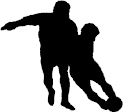
T he history of soccer is a sad voyage from beauty to duty. When the sport became an industry, the beauty that blossoms from the joy of play got torn out by its very roots. In this fin de sicle world, professional soccer condemns all that is useless, and useless means not profitable. Nobody earns a thing from the crazy feeling that for a moment turns a man into a child playing with a balloon, a cat toying with a ball of yarn, a ballet dancer flying through the air with a ball as light as a balloon or a ball of yarn, playing without even knowing hes playing, with no purpose or clock or referee.
Play has become spectacle, with few protagonists and many spectators, soccer for watching. And that spectacle has become one of the most profitable businesses in the world, organized not to facilitate play but to impede it. The technocracy of professional sport has managed to impose a soccer of lightning speed and brute strength, a soccer that negates joy, kills fantasy, and outlaws daring.
Luckily, on the field you can still see, even if only once in a long while, some insolent rascal who sets aside the script and commits the blunder of dribbling past the entire opposing side, the referee, and the crowd in the stands, all for the carnal delight of embracing the forbidden adventure of freedom.
Next page

